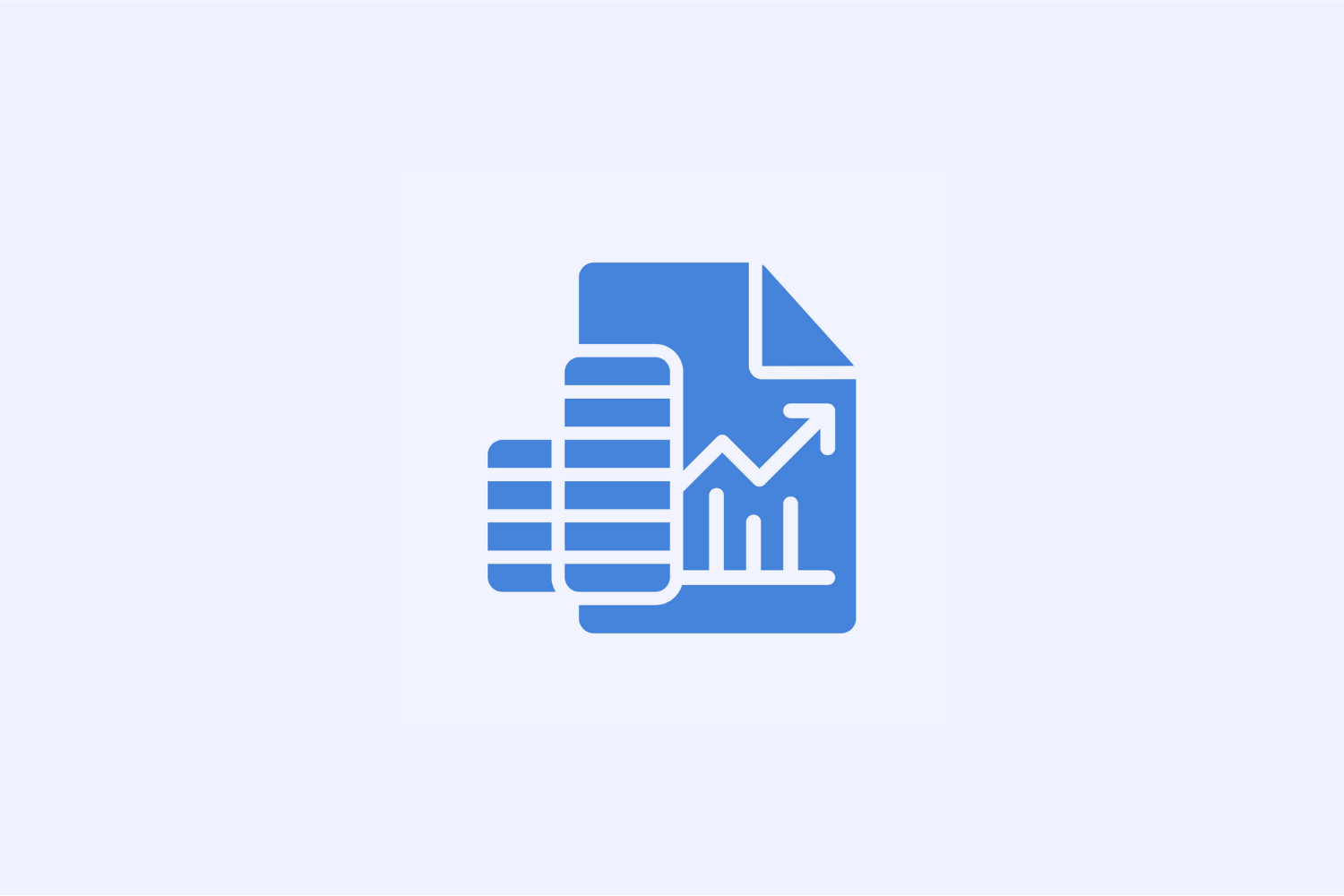Table of Contents

A financial model is an essential aspect of everyday business. However, building a financial model can be complicated. Setting up your formulas and condition stipulations takes time. Worried?
Don’t be! We’ve already created the SaaS financial model you’ll actually use. And below, you’ll find our top financial model best practices. Let’s dive right in.
What Is a Financial Model?
A financial model is an accounting tool that helps businesses forecast their financial future. It represents a business’s past, present, and future finances.
Financial models are normally built into spreadsheet software, such as Excel or Google Sheets. These models typically include everything from cash flow statements and income statements to financial assumptions.
Types of Financial Models
Various types of financial models exist. For example, the discount cash flow (DCF) model uses discounted cash flow forecasting to determine a company’s present value. Another example is the three-statement model, which aims to forecast a company’s income statement, balance sheet, and cash flow statement.
Other common types of financial models include:
- IPO model
- Consolidation model
- Budget model
- Leveraged buyout model
Why Is Financial Modeling Important for SaaS Companies?
There are many reasons why financial modeling is critical for SaaS companies, especially startups. Financial modeling enables companies to predict future revenue and expenses to make sound business decisions. For startups, this means understanding exactly how much revenue to strive for to survive.
Financial modeling can also be used to create accurate budgets, understand funding strategies, and see current progress toward company goals.
Related Read: Financial Model Template: The Benefits of Using One
6 Best Practices for Financial Models
When building your financial models, it’s best to follow these six best practices.
1. Plan ahead.
Before you begin work on a financial model, ask yourself these questions:
- What financial issue do you need the model to solve?
- Who will be using the model?
- How will the model be used?
- What are your input, output, and process figures?
- How will you keep all the inputs organized as you build the model?
A successful financial model needs a vision and a goal throughout the model’s building process. This also helps when conducting a sensitivity analysis or budgeting for the future.
2. Structure your model’s metrics logically.
When you build your model, it must contain these three basic elements:
- Assumptions or inputs. These figures are your bare-bones building blocks. For instance, how much revenue do you expect for the period?
- Calculations.
- Outputs. What are the resulting figures? If you have X, Y, and Z, what’s your projected business footing?
Our SaaS financial model accounts for your metrics in an easy-to-use format.
3. Keep the metrics of your model simple.
Anyone who uses financial models will tell you that they decide if a model “works” for them within 30 seconds or less. The simpler the financial model, the more positive feedback it’ll receive. Are you using value metrics?
Consider the following dos and don’ts to keep your cash flow statement and financial model simple.
Do:
- Limit assumptions to no more than 15.
- Keep formula lengths about half the size of the formula bar or less.
- Limit the overuse of cell names.
Don’t:
- Use different formulas across rows.
- Use several different formatting conventions.
- Forget to add your executive summary.
If you’re using Excel, you’ll find several features that help simplify financial models. When you can’t create a simple formula, consider breaking it down over several cells. Some other ways of reducing Excel’s complexity include:
- The use of flags
- Not nesting IF statements
- Simplifying your IF statements with different functions
- Using logic, such as MIN, AND, or MAX
- Using functions as intended for simplification, such as VLOOKUP or INDEX
Looking for an easier way to track cash and build financial models? Consider a free trial of Baremetrics.
4. Don’t use values rather than formulas.
Not everyone understands hard values. While it might save time initially, it ultimately paints you as undisciplined and threatens the very reliability and transparency of your financial model.
It’ll appear as though you’ve neglected some financial analysis. Some of the issues most inherent in using values rather than formulas in your forecasting model include:
- Assumptions aren’t obvious, and this can confuse those working with the model.
- Your reasoning isn’t as clear.
- A lack of trust if people don’t understand where your data comes from.
5. Cash flow forecasting estimates and balance sheets must be integrated.
Your balance sheet, cash flow calculations, and other financial statements, like your income statement, are crucial aspects of your model. It might be tempting for time’s sake, but you should never omit these documents.
Proper financial planning means these must be part of your overall business model so you can ensure you’re accurately representing such things as capital expenditures, value-based pricing, tier pricing, stock turnover, private equity, debt dates, and creditor dates.
To instill confidence in your model, end users must have proof of the outcome of it.
6. Double-check your model for potential errors.
To make sure you’ve done your due diligence and everything lines up, check your financial model’s accuracy. Perform a “sanity” check: if it doesn’t make sense on paper, it likely won’t make sense in practice.
Want to see some financial model examples? Check out 5 Financial Forecasting Models and Examples of Use Cases.
Why Use Baremetrics for Financial Modeling?
Successful ongoing financial modeling isn’t possible without clear metrics. Baremetrics is a financial analytics platform built specifically for SaaS subscription companies.
Baremetrics provides accurate metrics about everything from monthly recurring revenue (MRR) to your churn rate. Plus, all of your data can be visualized using the easy-to-read smart dashboard. As a result, you can easily create better financial models using current data and projections.
How Baremetrics Can Help
You’ve got the SaaS financial model you’ll actually use—now you need the data. That’s where Baremetrics comes into play. If you’re curious about how Baremetrics can help your subscription SaaS business, take a test drive today.


